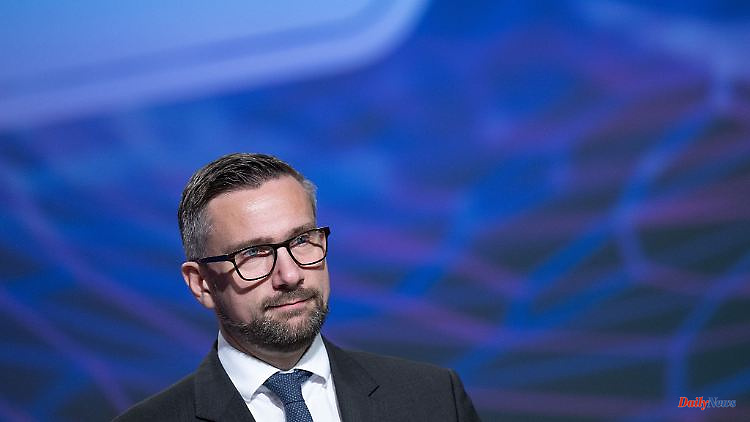Dresden/Leipzig (dpa/sn) - Diagnosis of growth: The Saxon Minister of Economics, Martin Dulig (SPD), has confirmed that the health economy in the Free State has great potential. "Digitization is driving innovation," he said at the start of a theme day for the industry on Thursday in Dresden. In this way, even faster and more precise medical technology reaches the domestic and international market from Saxony.
According to the Ministry of Economics, the industry with around 350,000 employees is one of the largest economic sectors in Saxony. In the "Life Science Cluster" alone - biotechnology, medical technology and pharmaceutical companies - 15,500 employees ensure annual sales of around 1.9 billion euros. Overall, the healthcare industry generates sales of 14 billion euros a year. From 2011 to 2020, annual growth averaged 3.7 percent.
Just like Dulig, 15 companies were recently present at the "Arab Health" in Dubai, one of the largest trade fairs for medical technology in the world. The biotechnology offensive that started at the turn of the millennium has made Saxony one of the most dynamic regions in Germany in this area, said Dulig. By 2020, almost one billion euros had been invested in setting up the "Life Sciences Cluster". Dulig wanted to visit five companies and research institutions on Wednesday.
He began his tour in the morning at the Schubert and Braun prosthesis factory in Dresden. It produces deceptively real-looking and individually adapted prostheses. "The Dresden specialists were the first in the world to be able to process special medical silicones at high temperatures in a 3D printer," it said. This would allow them to produce high-quality prostheses layer by layer without any major loss of material. The artificial limbs created in this way are up to 40 percent lighter than conventional prostheses.












